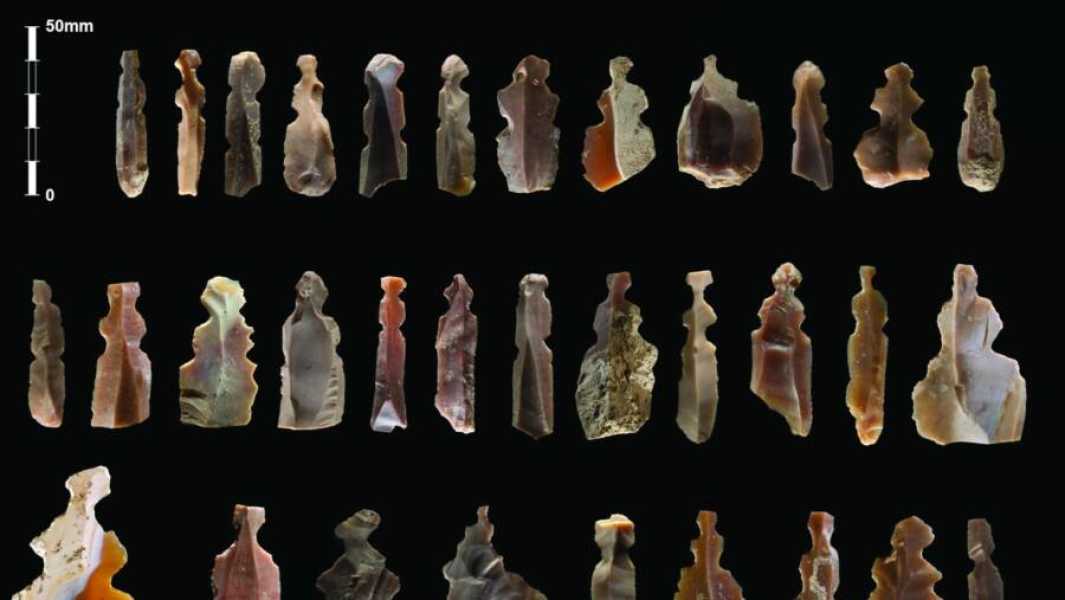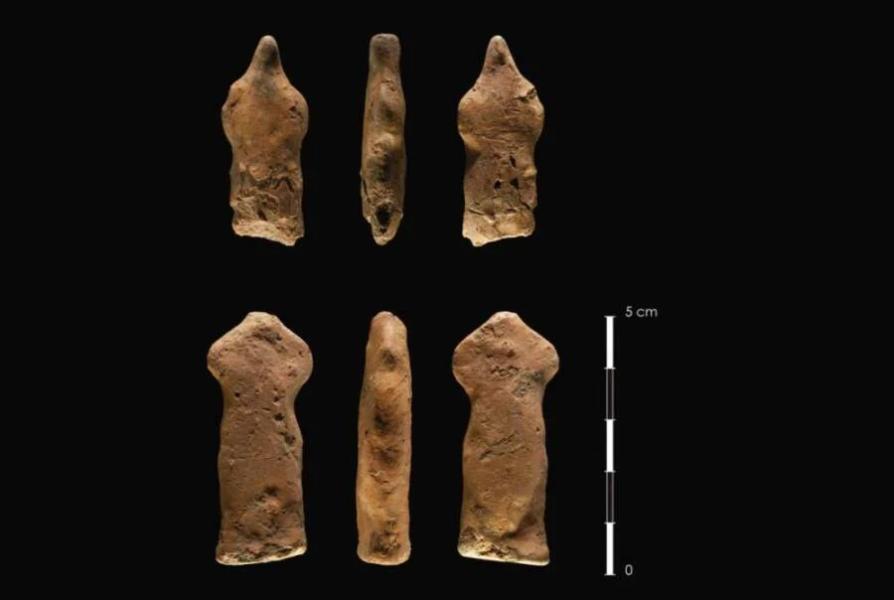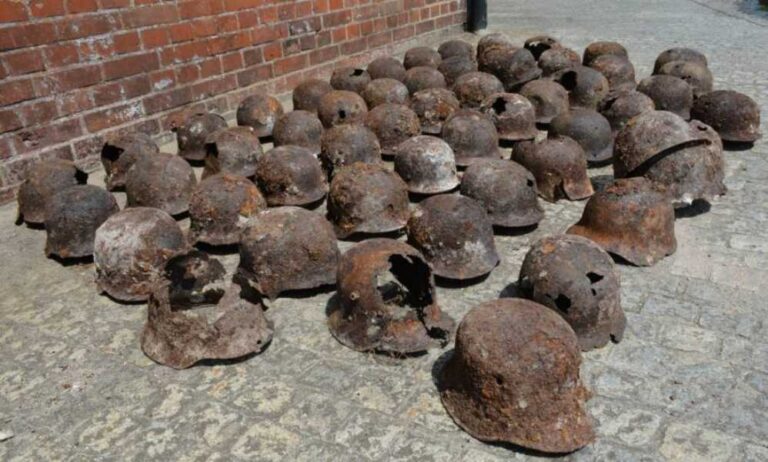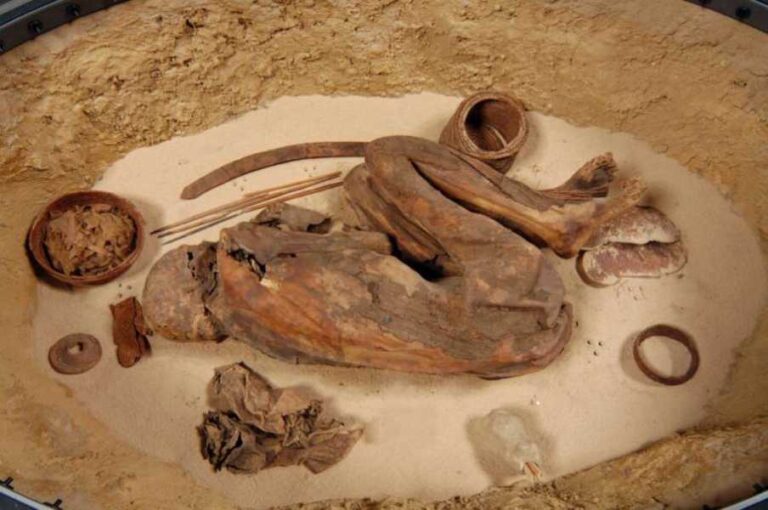The discovery of these human-like figurines near ancient burial sites suggests that they were part of a memorial ritual designed to honor the memory of the dead.

The figurines are early Neolithic images of the dead, likely used in funerary rituals. /p/div p class=”dropcaps”>Archaeologists digging in Jordan have uncovered more than 100 figurines depicting people dating back to 7,500 BCE. a href=”https://www.foxnews.com/science/prehistoric-cult-mysterious-figurines-discovered” rel=”noopener noreferrer” target=”_blank”>According to emFox News/em , the flint objects, found at a Neolithic site in Kharaisin in the Zarqa Valley, were used by a cult that ritually exhumed its dead.
The study of the ancient artefacts was carried out by the Spanish National Research Council and Durham University in the UK. a href=”https://www.iflscience.com/editors-blog/a-neolithic-artistic-revolution-may-have-been-sparked-by-a-gruesome-death-ritual/” rel=”noopener noreferrer” target=”_blank”>According to emIFL Science/em , the team initially assumed the objects were used as tools until their elaborate human-like shapes, with waists and shoulders, became apparent.
“One of the excavators suggested that they were figurines, which caused skepticism among the rest of the team,” said lead author Dr. Juan José Ibáñez. “However, the more we studied, the clearer the idea became.”
a href=”https://www.cambridge.org/core/journals/antiquity/article/flint-figurines-from-the-early-neolithic-site-of-kharaysin-jordan/FFEB57291718AF9FF216F1113844C61B” rel=”noopener noreferrer” target=”_blank”>Published in the journal emAntiquity/em , the study shows that the artefacts were used “during burial rituals and remembrance ceremonies that involved the removal, manipulation, and reburial of human remains.” Although the team was initially dubious of the theory, compelling evidence of the ritual continued to emerge.

Archaeological group of Kharaisin. At first experts thought that these were tools, but the thin waist, broad shoulders and hips clearly indicate human origin.
These figurines, dating back to 7500 BCE, were created just about a century after depictions of humans began to become more common among early Neolithic groups in Western Asia. While the artifacts themselves don’t explain what caused this shift, their presence near ancient burial sites may hold clues.
Experts noted that of the seven original burials, many of the remains were found removed after the first burial. After the bodies had partially decomposed, some bones were apparently removed in an unclear practice before being reburied.
In their statement, the experts said one of the deceased even had his skull removed, while another “person was dug up from another location and reburied in this burial chamber; this process was repeated with several other parts of the skeleton.”
The placement of these figurines next to each other is likely random, although they were certainly placed nearby for a reason. So experts speculate that this process of digging up the dead and creating figurines to house them may have encouraged ancient people to begin depicting humans in their art, not just animals.
Sourse: www.allthatsinteresting.com





